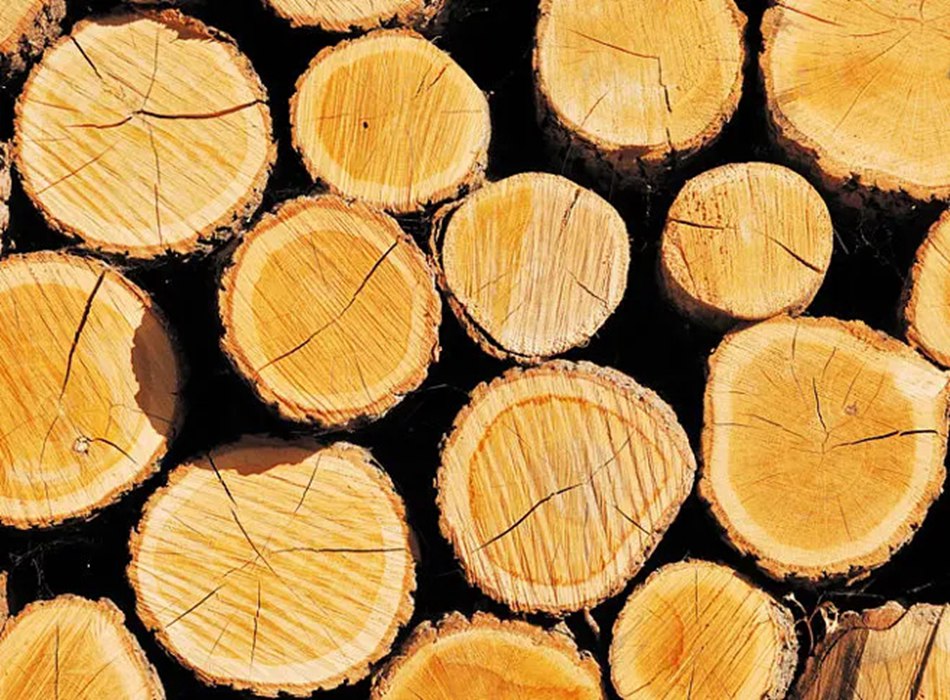- High End Gypsum Board System Solution Provider
Since the reform and opening up, the living standards of the Chinese people have undergone earth shaking changes and qualitative improvements, and all aspects of clothing, food, housing, and transportation are catching up with the world trend. Especially in terms of housing, after solving the problem of homeowners having their own homes, the key is how to live better, more comfortable, and more dignified, which has led to the flourishing development of the construction, decoration, and building materials industry. However, in the field of home decoration, the idea that using solid wood as a decorative material is better seems to have become an obsession, but is using solid wood really better? Jason's gypsum board editor will analyze this paradox in the building materials industry from various perspectives.

Firstly, the reason for the emergence of better inertia thinking in solid wood stems from the logic that "solid wood is natural, and natural is healthy and environmentally friendly", as if artificial is not good, only natural is good. In fact, it is not the case, because in terms of production technology, after trees are cut, sliced, peeled, and sawn, they still need to be combined into solid wood boards that meet the standard size by adding binders and using different processes before they can be used. This is true for both low-end and high-end solid wood panels, such as blockboard, solid wood finger board, and ecological board. Therefore, whether solid wood itself is environmentally friendly does not depend on the wood itself, but on whether the processes and adhesives used in the production and processing process are environmentally friendly.

Secondly, when choosing whole house customization and furniture configuration, many people's first choice is definitely solid wood. Regardless of what kind of wood it is, solid wood is both good and expensive. In fact, whether it's furniture or wooden flooring, what's more important is that it meets the personal needs and aesthetic preferences of interior design and residents. Whether it's made of solid wood has nothing to do with environmental protection or not. As mentioned in the previous paragraph, solid wood furniture is also made from wood panels, and there may be issues with adhesives. Compared with many non wood panels such as European pine board, particleboard, particle board, etc., whether they are environmentally friendly or not ultimately depends on whether the adhesives used can achieve formaldehyde free levels, and whether they are solid wood or not. Furthermore, if environmental protection is the primary consideration, then compared to solid wood furniture, iron furniture should be the most environmentally friendly, right? For example, IKEA's Nordic minimalist design style includes a lot of wrought iron furniture, but it doesn't seem to be popular in China either.

If health and environmental protection are the primary goal (in fact, many homeowners do think so), in fact, gypsum board, as a type of board made from high-purity desulfurization gypsum as raw material, is the true environmentally friendly board. Because the production process of gypsum board almost does not require the use of binders, and the board itself is formaldehyde free, benzene free, phosphorus free, and does not contain any substances that can cause harm to the human body. At the same time, compared to wooden boards, gypsum board also has a greater natural advantage, which is its flame retardant performance. Because gypsum products themselves are not flammable, and even if wooden boards improve their flame retardant performance through various means, they are still flammable.

Many people may think that gypsum board is just for partition walls and ceilings, isn't it? It cannot be used as a wooden board. Actually, it's not the case. Besides making furniture, another important function of wooden boards is to use them as base boards in decoration. Jason Uber's high-performance gypsum based fiberboard, specifically developed by Jason Gypsum Board, significantly improves the nail grip performance and board strength of ordinary paper faced gypsum boards, and can completely replace wooden base boards. Not only does it achieve a ceiling level A1 level non combustible performance in terms of fire prevention and combustion, but the strength of the board is also impeccable. At the same time, compared to wooden base boards, it is less prone to deformation and cracking due to environmental factors.

Solid wood has its advantages, especially in situations where new Chinese or American design styles require a large amount of solid wood color decoration. Good use of solid wood decoration in solid wood furniture can add luster and color to the home space, enhancing taste. However, as stated in this article, solid wood may not necessarily have any advantages solely from an environmental perspective. Jason gypsum board editor believes that it is better to make full use of resources in building materials. As a building material production enterprise, investing a large amount of manpower and resources in the research and development of new building materials is also aimed at innovating and creating more new products that can surpass traditional building materials in terms of functionality and product performance, thereby improving the quality of life for users. So, in the field of architectural decoration and renovation, trying new building materials may yield more functionality and practicality.
(Some of the images are from the internet. If there is a possibility of infringement, please contact the editor to delete them.)
